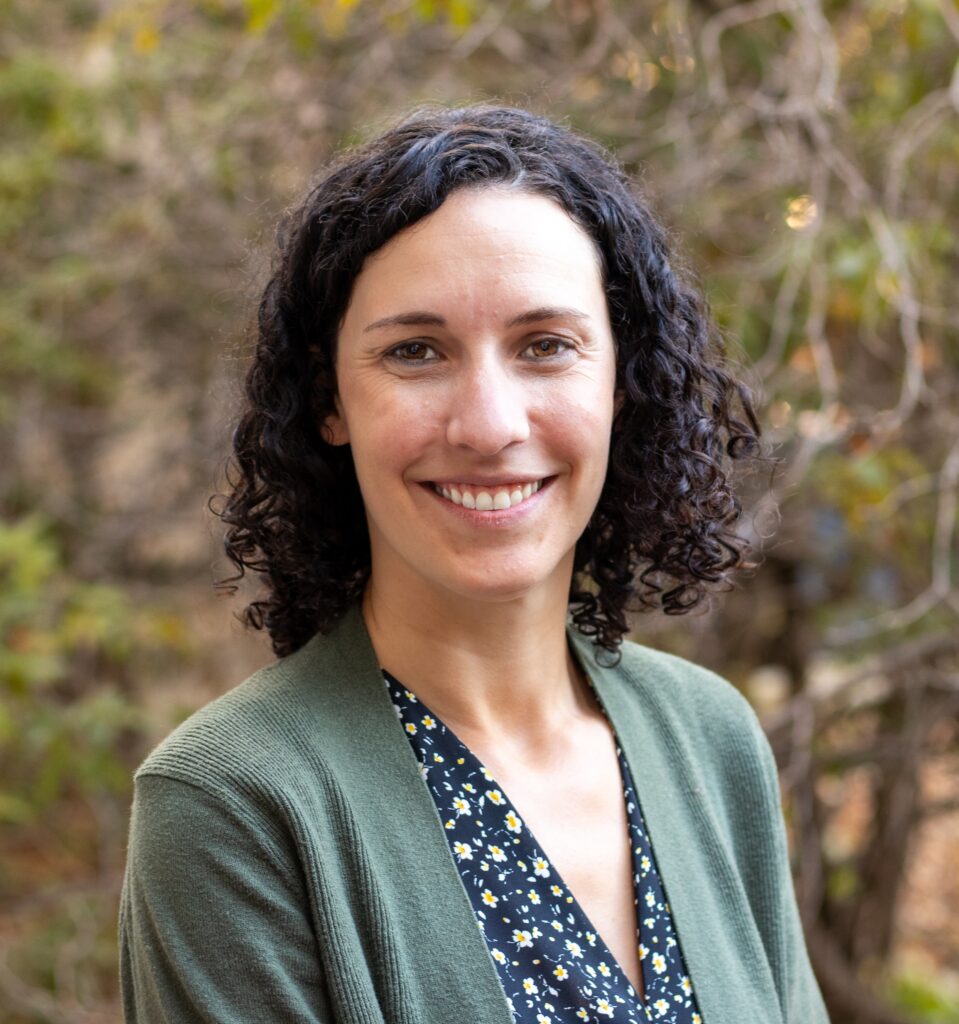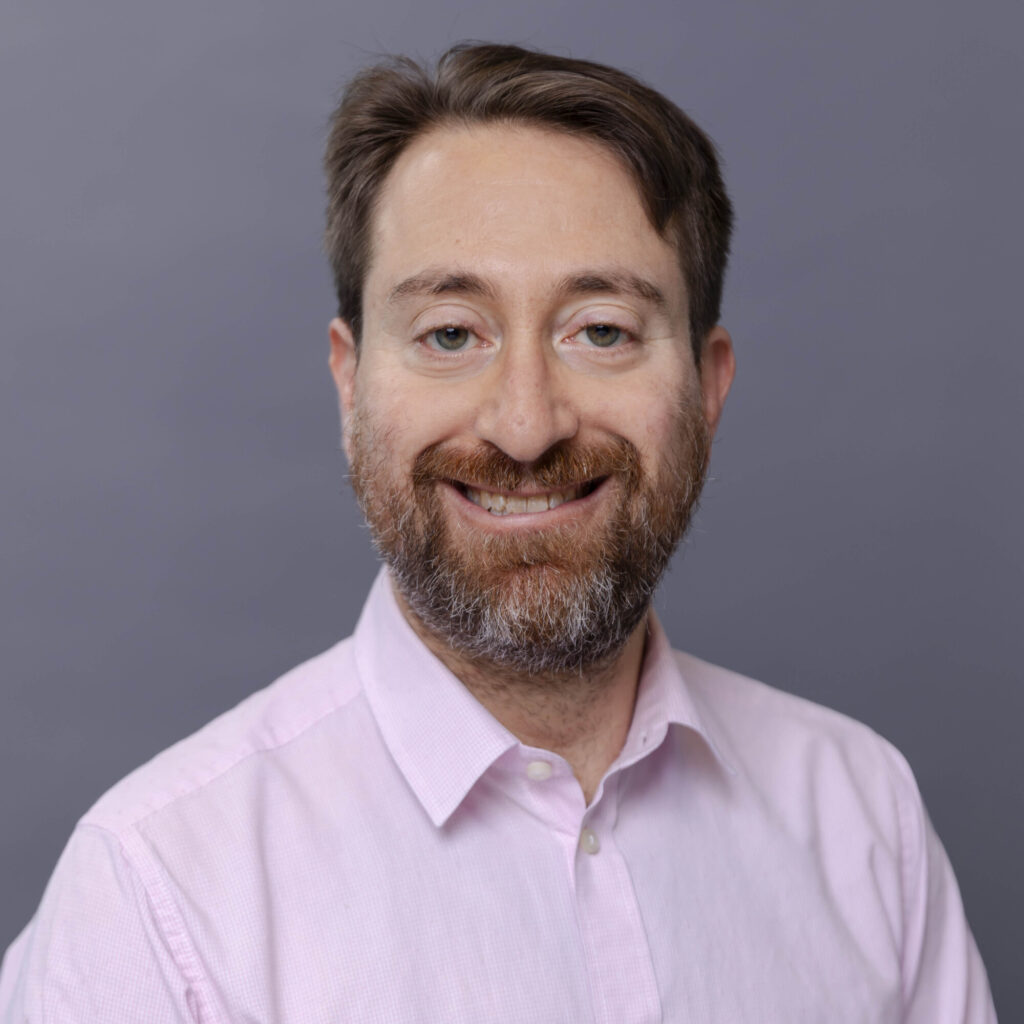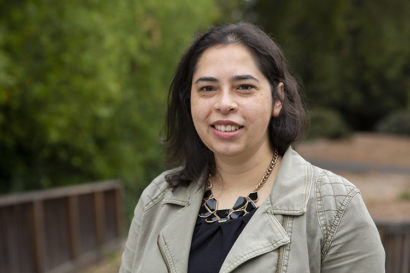At least 11 people have been killed and more than 10,000 buildings have been burned in and around Los Angeles since a series of wildfires broke out on Tuesday. Powered by powerful Santa Ana winds and historically dry conditions, the fires quickly became among the most destructive in California history and among the deadliest in California history. The costliest disasters ever seen in the United States About 150,000 people remain under evacuation order Friday, with fires we are just starting to see confinement.
No official cause has yet been identified. But what is known is that climate change and other factors have made wildfires increasingly common in California, leading to far-reaching public health consequences, upheavals in housing markets and insurance and devastating losses for those affected. Below, UC Berkeley scholars offer their perspectives on the causes and consequences of this week’s fires as well as the uncertainty ahead.
What are the health effects of urban fires like these, unlike wildfires? With the destruction of so many structures in Los Angeles, especially homes, what concerns you about the immediate and long-term health risks?
Fine particulate matter (PM2.5) air pollution from wildfires has been shown to be more harmful to human health than PM2.5 from other sources. New evidence shows that smoke from burning structures – compared to biomass, such as trees and other vegetation – contains an even higher concentration of certain harmful metals, including known carcinogens.

In the short term, exposure to wildfire smoke increases the risk of emergency room visits and hospitalizations for various health conditions, especially for already vulnerable populations. Unhoused people and those without access to resources such as central air conditioning or air filtration are particularly at risk. Public health departments must prioritize clear communication about these risks, ensuring that vulnerable populations receive accessible and understandable information and have access to a safe place to shelter and breathe clean air.
Wildfires also have lasting health consequences. Exposure to smoke contributes to long-term health effects, alongside the mental and physical consequences of evacuations and loss of homes. Additionally, wildfires can contaminate groundwater and leave behind smoke and soot residue, potentially affecting ecosystems and communities for years. Addressing these challenges requires both urgent short-term interventions to protect affected people and continued monitoring of water, soil and air quality to mitigate long-term damage.
— Lara Schwarz, postdoctoral researcher at Laboratory on environmental quality and underlying inequalities in society at the UC Berkeley School of Public Health
You study the intersection of housing and climate. How has housing policy exacerbated the climate crisis that led to this disaster, and what impact will this climate change disaster have on housing in Los Angeles?
Housing policies in Los Angeles – as in much of the United States – have both exacerbated climate change itself and increased human vulnerability to its impacts. An exclusionary, automobile-oriented housing policy has blocked the growth of compact, walkable neighborhoods while subsidizing housing in sprawling, automobile-dependent neighborhoods. These policies force people to travel long distances to carry out daily activities and consume large amounts of energy, materials and land for housing. This has resulted in much higher per capita carbon pollution in the United States than in comparable countries with similar standards of living.

By limiting housing supply in less vulnerable urban areas, these same policies disperse housing development across the wildland-urban interface (WUI). The low housing densities that characterize WUI development mix flammable vegetation with ubiquitous ignition sources from human habitation. These developments often feature disconnected road networks that hamper firefighting and evacuation.
Additionally, these policies led to a national housing shortage, particularly acute on coastal California. Finding temporary housing for those forced to leave their homes will be a challenge.
Fortunately, recent housing reforms at the local and state level have begun to encourage the creation of new housing in existing communities that is less polluting and more climate resilient.
— Zack Subinassociate research director at the UC Berkeley Terner Center for Housing Innovation
What aspects of the urban landscape have made these areas of Los Angeles prone to severe fires? Is there any evidence that “home curing” techniques could have helped reduce the danger?
Areas burning in Los Angeles, like the Santa Monica Mountains, have a long and extensive history of fires. Malibu, for example, has experienced more than 30 wildfires in the past 100 years. Dense vegetation that grows back quickly fuels fires that can spread to neighboring population centers. When Santa Ana winds occur, winds are channeled through some of these areas and can quickly spread fires through communities.

While we don’t yet have on-the-ground data on these fires, we have growing evidence that creating defensible space, such as limiting vegetation around homes, and reinforcing homes, such as sealing vents and installing fire-resistant roofs and cladding, can have real impacts on reducing destruction. Some of this evidence comes from field damage inspections conducted by CAL FIRE And NISTwhile further evidence is generated during large-scale testing of complete structures on fire in a wind tunnel at IBHS. THE Berkeley Fire Lab worked with both partners to learn from this data and incorporate it into new regulations and guidelines.
— Michael Gollnerassociate professor of mechanical engineering
What does climate fiction, and the human sciences in general, offer to help us understand disasters like these fires, which more scientific disciplines do not offer? How can climate fiction novels help us imagine different futures?
I first taught a seminar on climate fiction in 2019. I had previously taught science fiction and post-apocalyptic fiction, but this was the first time I created a course on the human experience in relation to environmental change. I stopped teaching it in 2021, in part because climate change has become so pervasive, so insistent, so “realistic,” that it overshadows contemporary fiction more widely. Climate fiction is no longer predictive – it is descriptive, a distinction famously made by speculative fiction icon Ursula K. Le Guin.

Although I could be wrong, it seems to me that there are relatively few examples of science fiction and post-apocalyptic fiction featuring wildfires as one of the main thematic effects of climate change. More often than not, heat and drought (as well as sea level rise) are the primary plot drivers of climate fiction, perhaps because they are more systemic ecological disasters ( what critic Rob Nixon calls “slow violence”) compared to seemingly abrupt cataclysms. forest fire (or flood). Of course, what is happening now with wildfires in the United States, particularly in California, as well as in countries like Canada and Australia, is not sudden: the conditions that created this scourge that intensifies have a clear political and environmental history.
There is a remarkably robust subgenre of apocalyptic films that depict the spectacular destruction of Los Angeles, by earthquake, pandemic, meteor strike, attack by aliens or monsters, among other cataclysmic misfortunes. We love seeing Los Angeles destroyed in fiction, which is why the current wildfire disaster can feel like “a movie.” But it is terribly real, it is no longer a speculative fantasy.
I hope this inspires a new wave of climate fiction soon. Hopefully some of these future imaginative writings will reflect not only the blindness and failure of political will that have contributed to the emergence of this ecological crisis, and the suffering it leaves in its wake, but that they will also give us a path forward. imagine a less destructive future.
— Katherine Snyderassociate professor of English
Much of the media coverage of the fires has focused on the devastation seen in wealthy areas, such as the Malibu coast and among celebrity homes. Why might the perception that these fires mainly affect the wealthy be a misconception or an oversimplification?
In general, natural disasters have more facets than can be conveyed by the dominant narratives that often develop around them. For example, after Hurricane Helen, conceptions of rural Appalachia as a white community rendered the experiences of black households invisible. This has the effect, post-disaster, of not drawing full attention to the diversity of needs present in all communities.

Brittany Hosea-Small for UC Berkeley
In Los Angeles, media attention to the Pacific Palisades fire gave rise to a narrative that only wealthy households were affected. However, this is inaccurate. There were six fires throughout the region that affected various neighborhoods and households. In the Eaton Fire, a historically black, middle-income community in Altadena burned. Like Andrew Rumbach of the Urban Institute notedeven within Pacific Palisades, mobile home parks have been affected.
In any disaster, the dominant narrative influences who is seen and helped in post-disaster response and recovery. These stories also frame the discourse around the cause(s) of the disaster, which then impacts our ability to address the true underlying causes in the future.
— Danielle Zoe Riveraassistant professor of landscape architecture and environmental planning in the College of Environmental Design and director of Just Environments Laboratory. Rivera is teaching a course this spring on disaster studies.


